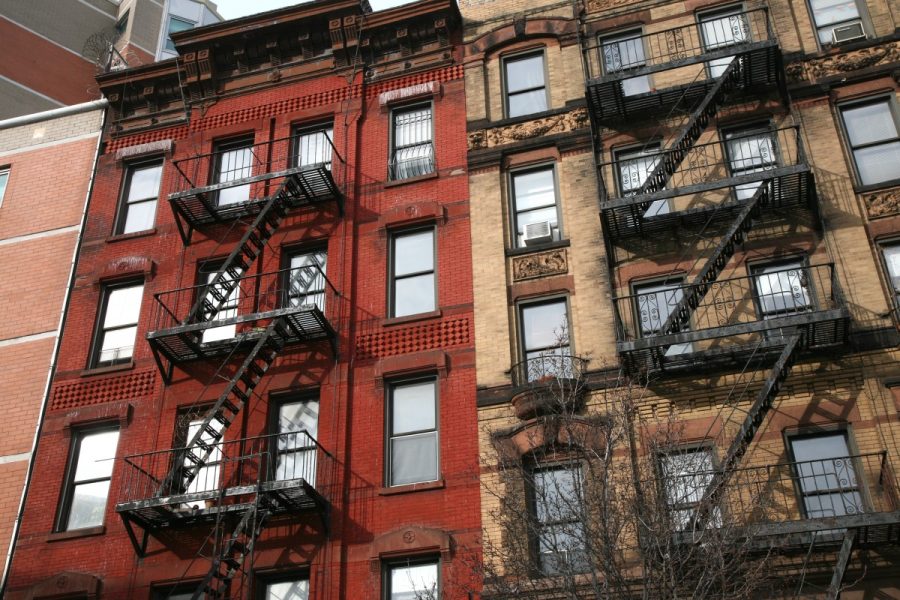Federal district court correctly keeps NYC’s rent stabilization laws in place
February 20, 2023
The U.S. Court of Appeals for the Second Circuit decided in favor of New York City’s rent stabilization laws on Feb. 6. The court made the correct decision in protecting low and middle-income families’ housing affordability with this case.
The conflicts represented Community Housing Improvement Program v. City of New York and 74 Pinehurst LLC. v. State of New York. It originated from landlords aggrieved with their profits due to the New York City Rent Stabilization Law passed in 1969 and amended via the Housing Stability and Tenant Protection Act of 2019.
The 2019 amendments to the rent stabilization law repeal vacancy and high-income decontrol, which allowed vacant units and units with people making over $200,000 combined to return to the free market. They also required landlords to show a necessity for units meant for personal use, capped at one per landlord.
The landlords argued that such restrictions amounted to a violation of their rights under the Fifth Amendment’s Takings Clause and the 14th Amendment’s Due Process Clause. The former says private property cannot “be taken for public use, without just compensation” while the latter prohibits the deprivation of “life, liberty, or property, without due process of law.”
Judge Barrington D. Parker, appointed by Republican President George W. Bush, is sound in his argument that New York City’s laws are constitutional. Parker used Supreme Court precedent to argue that landlords were not forced to rent their properties but did so on their own accord, while also arguing that states have historically had vast leeway in regulation.
Rent stabilization also provides much relief to a city plagued by rising housing costs. Currently, the median rent across the five boroughs is $3,200 per month for a one-bedroom apartment. It is 52% higher than the national median of $2,100.
Despite these high rates, the median individual income in New York City is approximately $34,400, while the median household income is about $70,600, as of 2021. Without rent-stabilized housing, an individual looking for a one-bedroom could have to spend almost all his/her income on a place to live.
As of 2021, about 45% of rental units were unregulated while 44.2% were rent stabilized. It is important to ensure that low and middle-income New Yorkers continue to have opportunities to live affordably.
The appellate court made the correct decision, and should this case be heard by the Supreme Court, boasting its most conservative majority since the New Deal era, New York’s rent stabilization laws should be upheld to protect low and middle-income New Yorkers.







